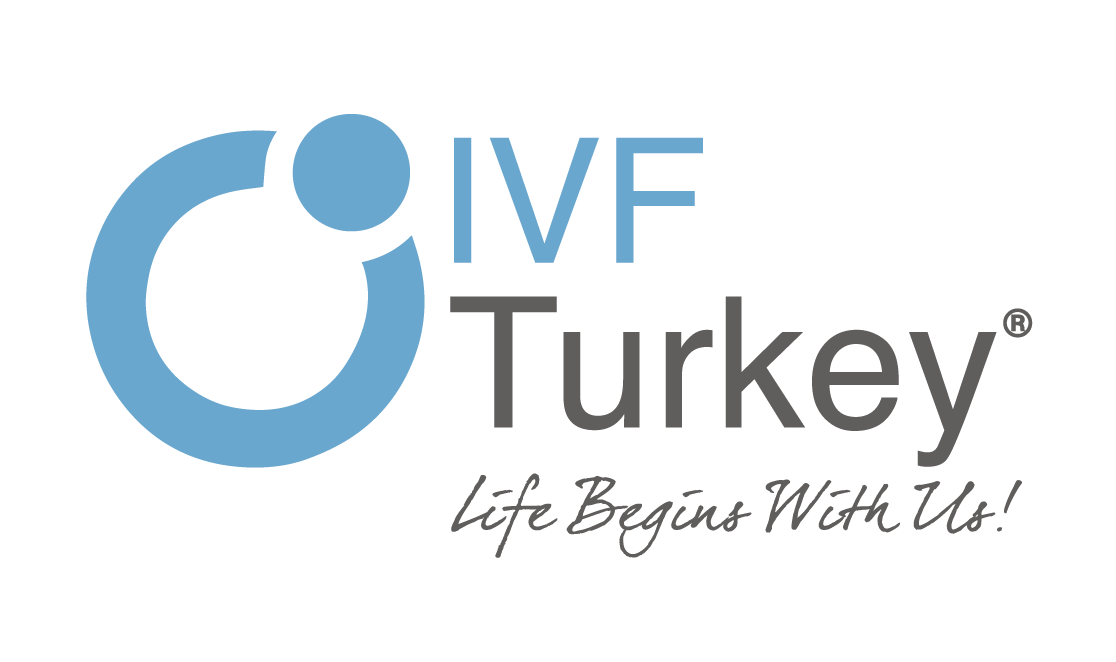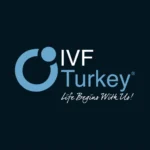Can You Get Pregnant from Pre-Ejaculate? Myths vs. Facts
Pre-ejaculate, commonly known as pre-cum, is a fluid released by the penis before ejaculation. Many people wonder whether pre-ejaculate contains sperm and if it can cause pregnancy. In this article, we’ll explore the facts, myths, and real risks of getting pregnant from pre-ejaculate. Can Pre-Ejaculate Cause Pregnancy? Factor Details Does pre-ejaculate contain sperm? Sometimes, but not always. It can pick up sperm left in the urethra. Can pre-ejaculate cause pregnancy? Yes, if it contains sperm and enters the vagina. How much sperm is in pre-ejaculate? Usually low, but enough to fertilize an egg in some cases. Can withdrawal prevent pregnancy? …
Can Fasting Improve or Reduce Fertility? Insights for Ramadan
Fasting during Ramadan is a spiritual and physical practice observed by millions of Muslims worldwide. However, for couples trying to conceive, questions often arise about whether fasting can improve or reduce fertility. This article explores how fasting may affect male and female fertility and provides insights into maintaining reproductive health during Ramadan. Fasting and Fertility During Ramadan Aspect Details Impact on Fertility May improve or reduce fertility, depending on health and fasting practices. Potential Benefits Hormonal regulation, weight management, reduced oxidative stress. Potential Risks Dehydration, nutrient deficiencies, disruption of hormonal cycles. Male Fertility Moderate fasting may improve sperm quality but …
Can Couples Trying to Conceive Have Sexual Intimacy During Ramadan?
Ramadan is a sacred month for Muslims worldwide, marked by fasting, prayer, and spiritual reflection. For couples trying to conceive (TTC), questions about sexual intimacy during Ramadan often arise. Understanding religious guidelines and balancing faith with family planning can help couples navigate this important period. Sexual Intimacy and Conception During Ramadan Aspect Details Permissibility Allowed after iftar (sunset) until suhoor (dawn). Prohibited Times During fasting hours (from dawn to sunset). Timing for Conception Best planned after iftar, particularly during the fertile window. Hydration Essential during non-fasting hours to support reproductive health. Exemptions Medical conditions, including fertility treatments, may allow fasting …
Can You Ovulate Twice in One Cycle?
Yes, it is possible but rare. However, it’s essential to understand the difference between ovulating twice and releasing two eggs during the same ovulation period: Ovulation is a key part of the menstrual cycle, during which an egg is released from the ovary, making conception possible. While most women ovulate once per cycle, there’s a phenomenon known as multiple ovulation, where two eggs are released during a single cycle. This raises questions about the possibility of ovulating twice and its implications for fertility and pregnancy. Is It Possible to Ovulate Twice in One Cycle? Yes, it is possible but rare. …
Does Using Lubricants Affect Sperm Quality?
Lubricants are often used to enhance comfort during intercourse, but for couples trying to conceive, it’s essential to consider how these products might impact sperm quality and fertility. While many lubricants are marketed as safe, some can hinder sperm mobility or viability, potentially reducing the chances of conception. Here’s what you need to know. How Do Lubricants Affect Sperm? Impact on Sperm Motility Many lubricants are thick or sticky, which can impede the movement of sperm. Reduced motility makes it more challenging for sperm to reach and fertilize the egg. pH Levels The vaginal environment has a slightly acidic pH, …







